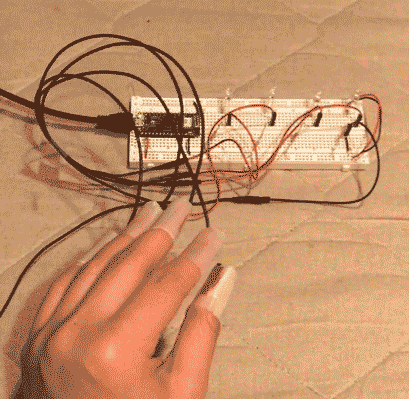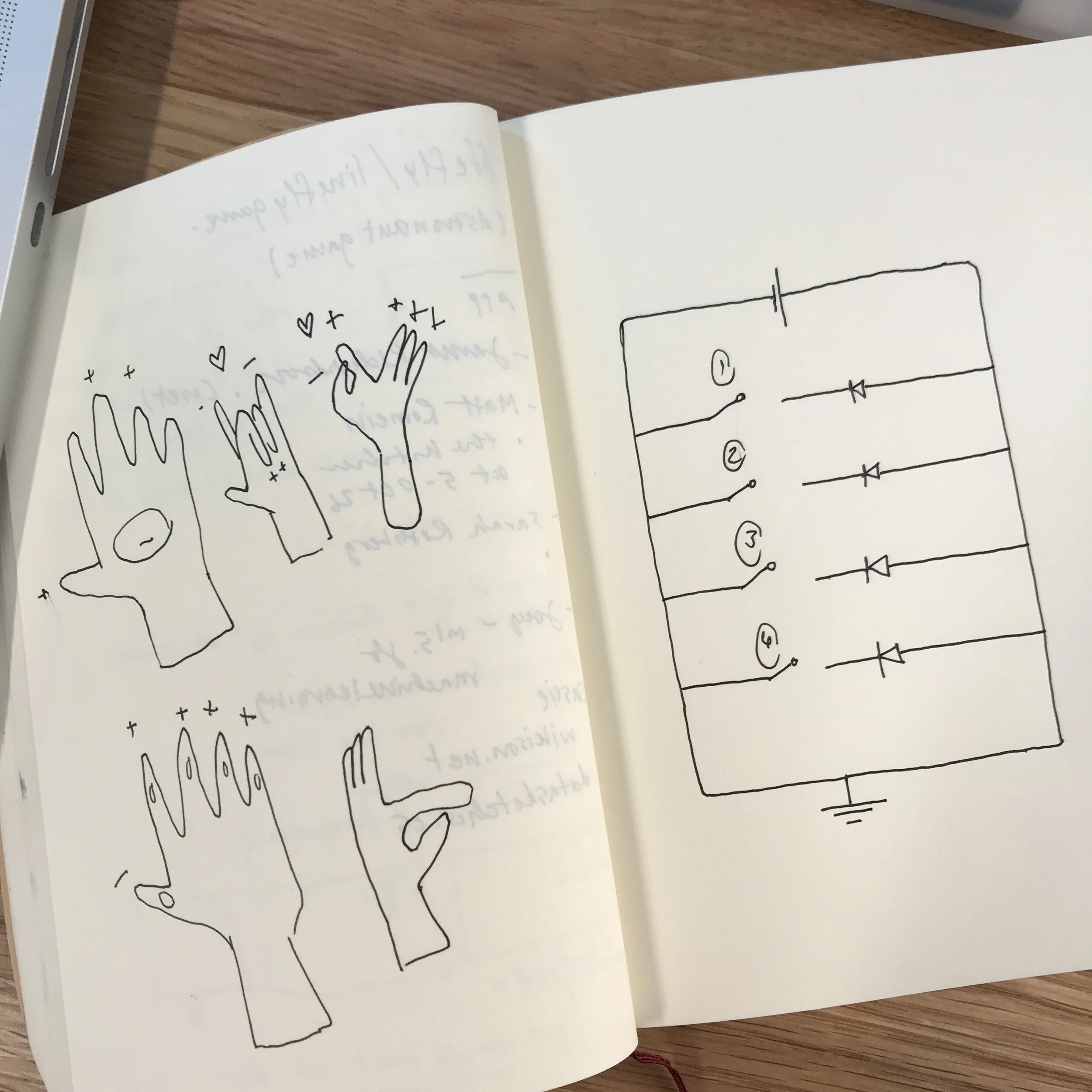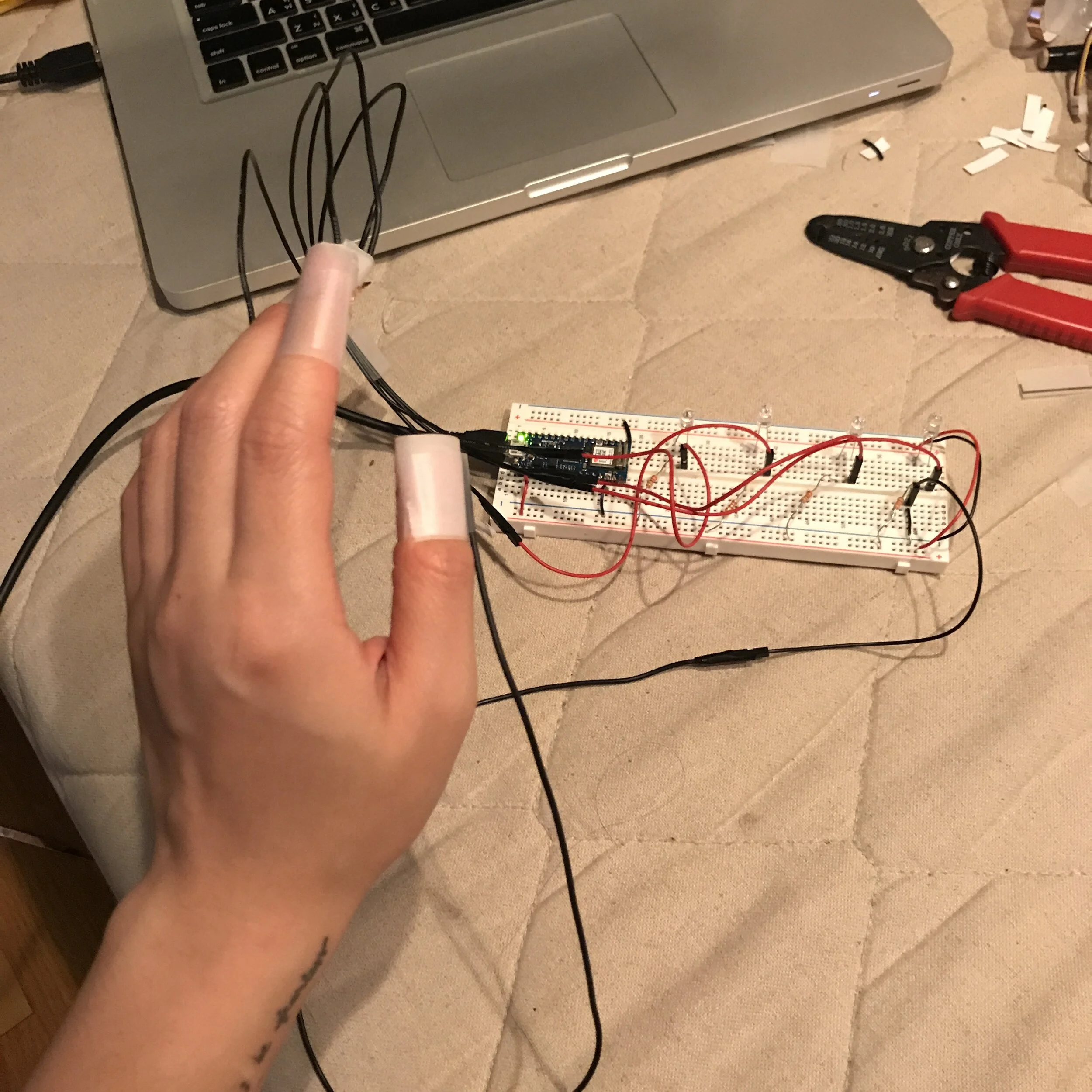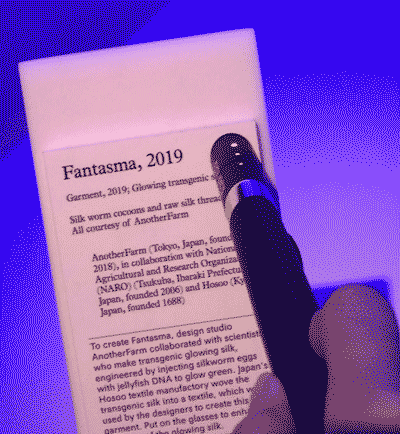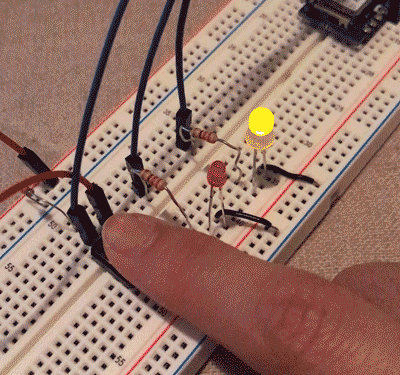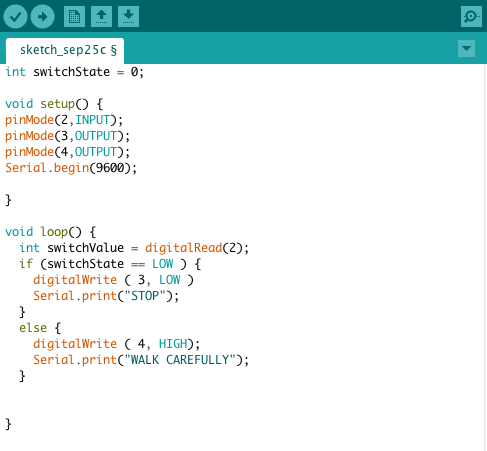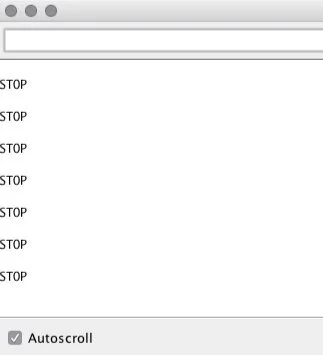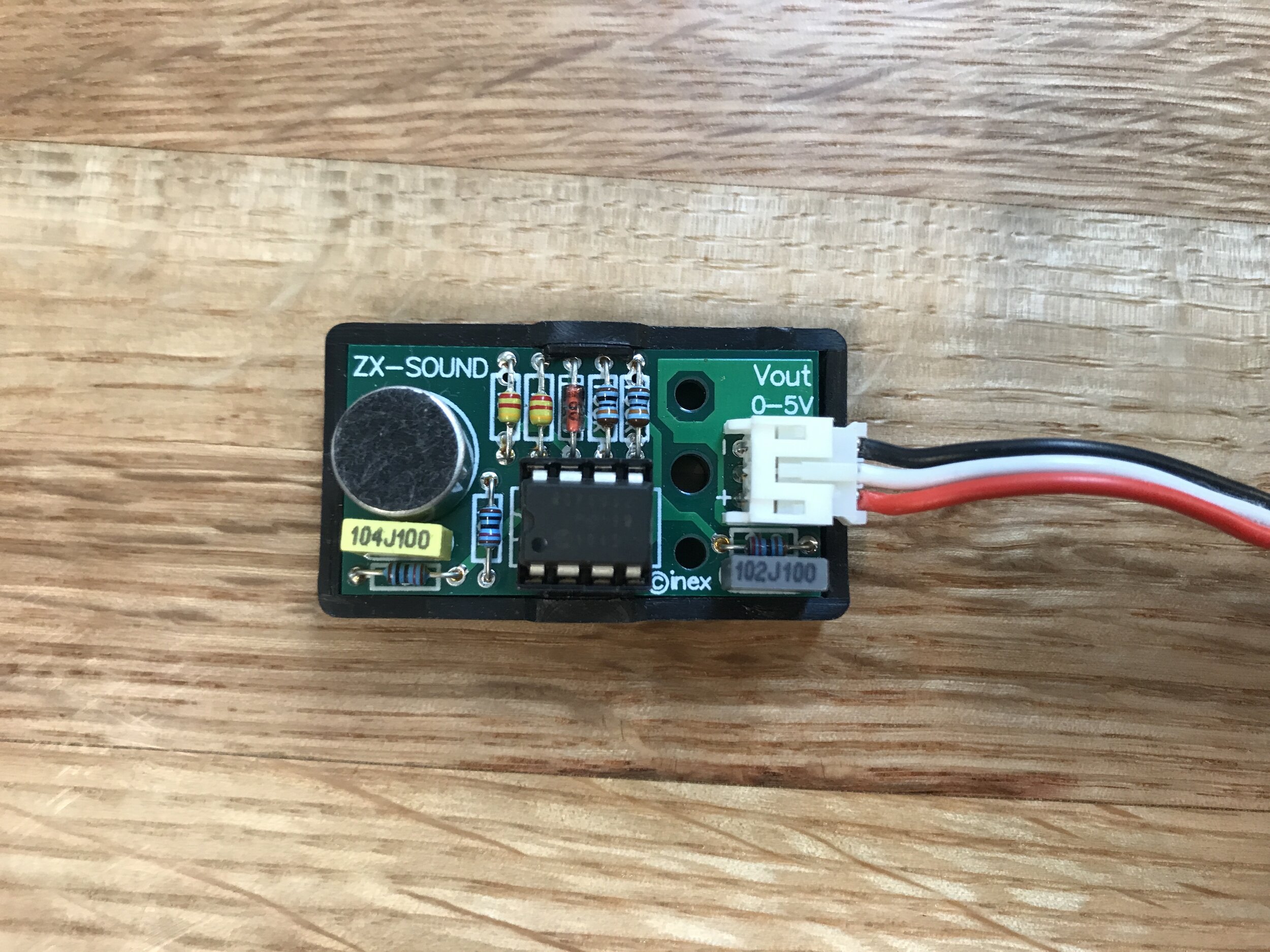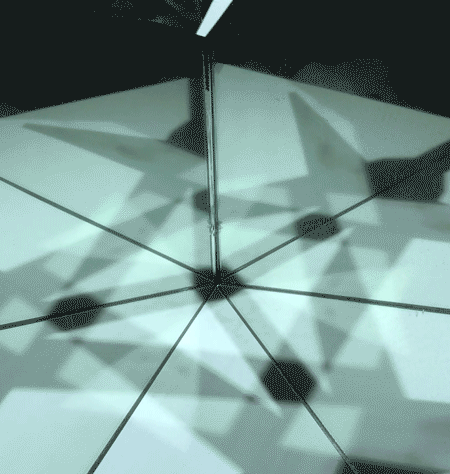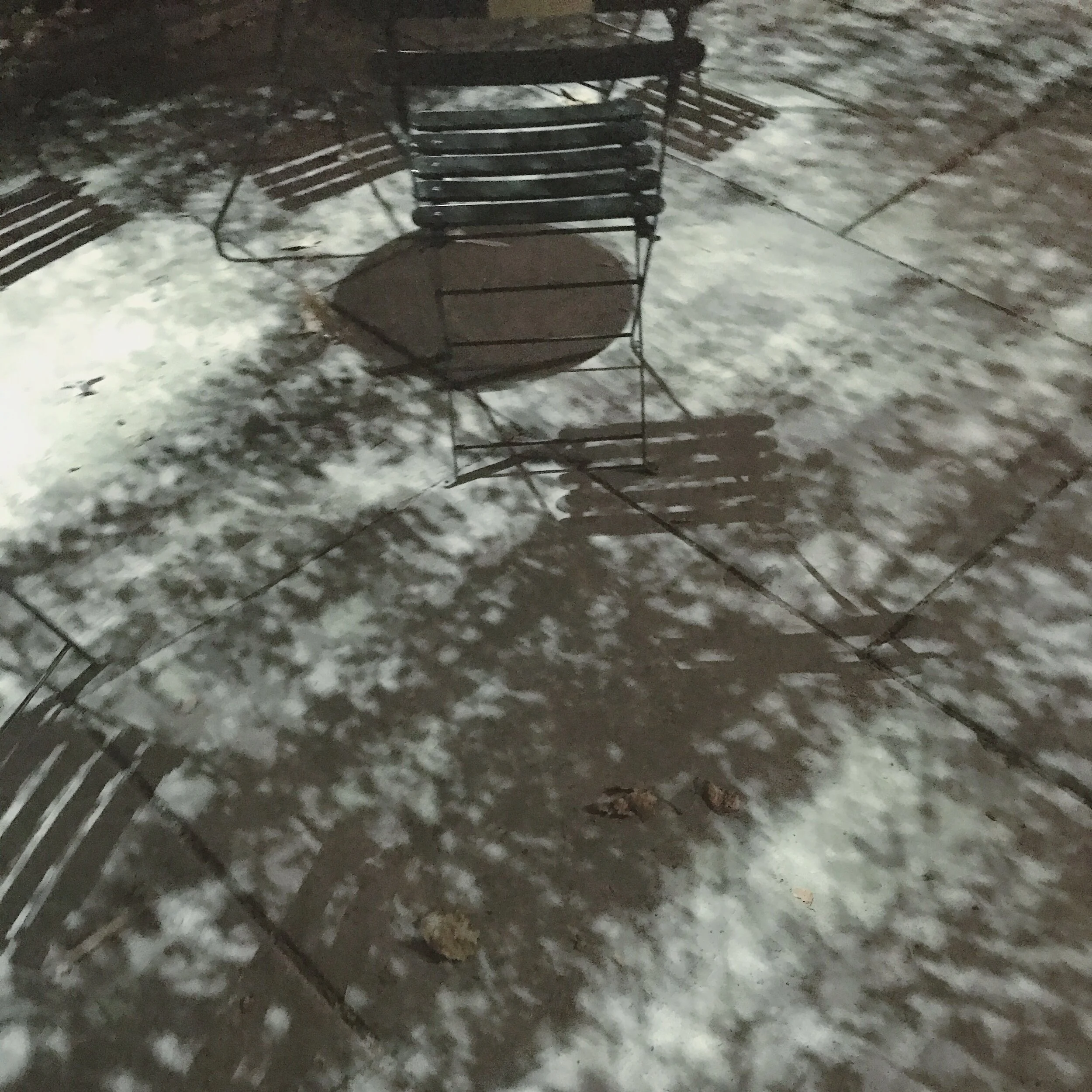Observation :
A Pen as an Info Collecting Device
An Interactive pen as an info collecting device
Interactive pen at the Cooper Hewitt,
Smithsonian Design Museum
I selected this interactive pen for this observation because I was impressed by the simple but effective design and the great user experiences I got.
Assumption of how it use :
Right after getting the ticket from the ticket counter, the staff will hand you the the pen along with the paper mentioned that you can retrieve your visit at the Cooper Hewitt’s site together with the your passcode. So, from this information, I learned that this pen-like object will somehow helping me to learn more about the exhibition. The pen’s affordance provides the strong sense that it will help me with drawing, taking notes or collecting the information from the exhibition.
Ticket with the code - suggested the affordance of the pen
At the museum corridor before entering any of the exhibition room, there is an interactive table that screens many moving images of the current exhibition which invites you to use your pen to play with it.
At these table, there will be a ( + ) sign at the edge of the table suggested you to touch the end of the pen which also has the ( + ) sign for saving.
The simple conceptual model of pen is already easy to implicate to everyone. Therefore, the function of the table; instead of only offering the overall information of the exhibition, is actually mapping the idea of saving exhibition info to the pen by using it conceptual model and sense of writing notes and jotting things down on our own notebook.
So, after understanding the conceptual model of the ( + ) signs on the pen, I can now apply it with all other ( + ) signs in any exhibition room.
the interactive table act as a informative station for overall exhibition, also as a part of the mapping design for the pen as an information collecting device
( + )sign on the interactive table that match with the ( + )sign at the tip of the pen
How others use it :
Since the model concept of the pen and its mapping design to be use as an information saving device is very simple and clear, I did not see many people struggle on how to use the pen for information saving.
Some people struggle a bit on how to press the pen at the correct position. Since the tip of the pen; which has the ( + ) sign, was designed to have a 45 degree surface to parallel with the information plate and make it easier to press and hole the pen for saving. Though for normal 90 degree surface, the pen is pretty hard to use by press and hold.
User observation :
Most of the visitors spent their longest time at the interactive table playing with their pen and the interactive information from the moving images that the interactive table offered, which I think it’s a very great design experience to introduce the overall exhibition and also how to use the pen as an info collecting device to a user.
Even though the interactive table is accessible by the wheelchair but the screen is pretty huge and hard to reach out to the images in the center of the table in some angle. Also some information plates are in the corner which is pretty hard to access and use the pen for disability person - not to mention the person with blindness.
the tip of the pen was designed to have a 45 degree surface to parallel with the information plate and make it easier to press and hole the pen for saving
Feedback :
While saving the pen also give the user 2 feedback which I personally very like as a user. One is the light vibration while pressing the pen for saving and the other one is the visual feedback; which the Leds at the tip of the pen will lid suggests it’s saving. This 2 feedback gave me a sense of confirmation - physically confirmation, that the information I want has already beed saved.
Visual feedback from the pen while press and hold
Retrieve your visit online :
After finished your visit, you can log in later at the link that was printed on your ticket to check on your visit’s information.
The exhibition info in the link was also arranged according to your saving time which is very easy to navigate and recall your experiences while visiting the museum again.
retrieve page
